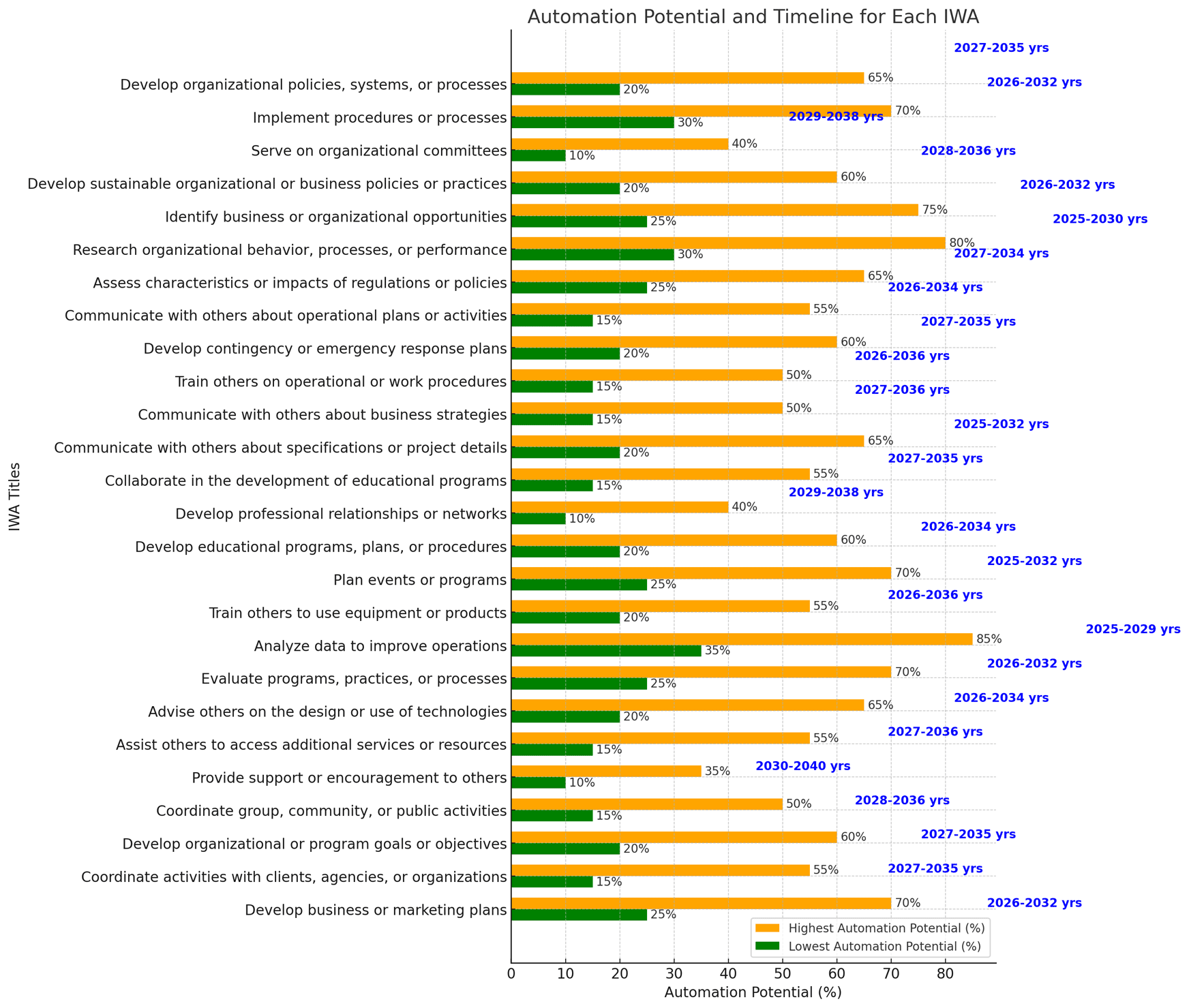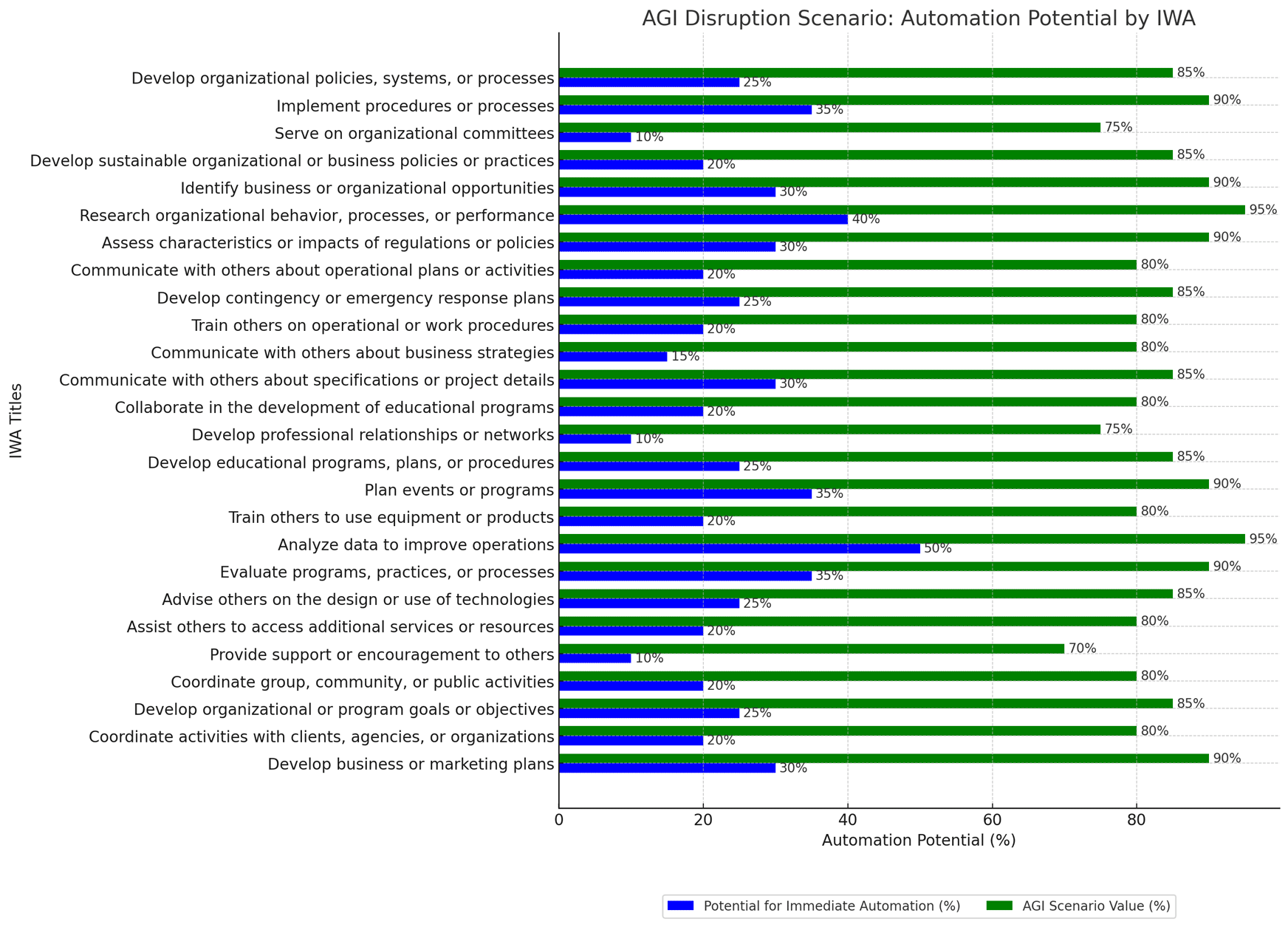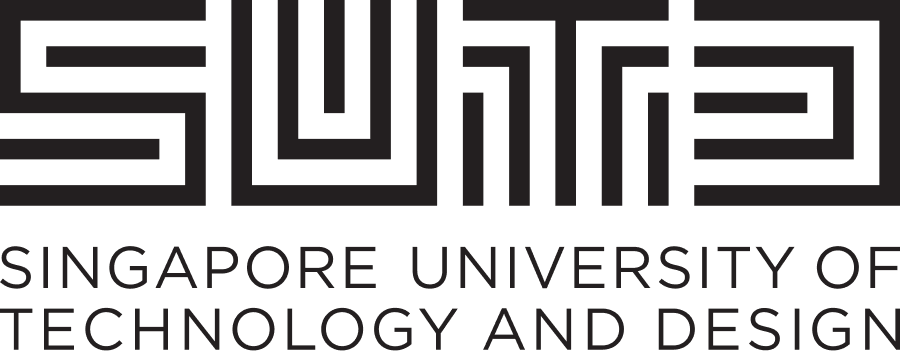Issue 10: Management Consultant
AI job disruption forecasting — Issue 10
A Management Consultant helps organisations improve performance by analysing problems, designing strategies, and guiding complex transformations. Their work often blends research, data analysis, and stakeholder collaboration with high-level strategy and change management. As AI becomes more advanced, it is starting to influence not just how consultants deliver insights, but also which parts of their responsibilities could be automated.
We used the job description of a Management Consultant posted on a public job portal.

Figure 1: Automation Potential
Figure 1 shows how different responsibilities of Management Consultants may be reshaped by AI. Tasks that are highly data-driven, such as analysing data to improve operations and evaluating programs or practices, show high automation potential (up to 85%) with disruption expected as early as 2025–2032. By contrast, interpersonal and strategic activities like serving on committees, developing professional relationships, or coordinating group activities carry lower automation risk (40–60%) and are projected to be impacted later, often stretching into the 2030s.

Figure 2: AGI Disruption
Figure 2 highlights how much further disruption could go in an Artificial General Intelligence (AGI) scenario. While today’s automation potential is modest for many consultant tasks (10–50%), AGI could push nearly all responsibilities—ranging from policy development to program planning—to 85–95% automation potential. This suggests when AGI is made possible, even complex advisory and research activities could be highly automated, reshaping the consultant’s role into one centred more on oversight, ethics, and client trust.
Overall, the forecasts suggest that while AI will not replace Management Consultants entirely, it will change what they do day to day. Technical analysis and reporting will increasingly be handled by AI, while consultants will remain indispensable for strategic insight, change leadership, and guiding organisations through uncertainty.
